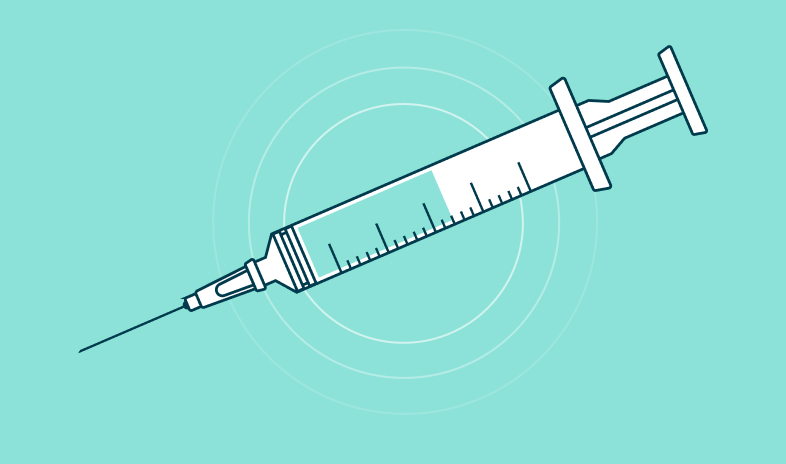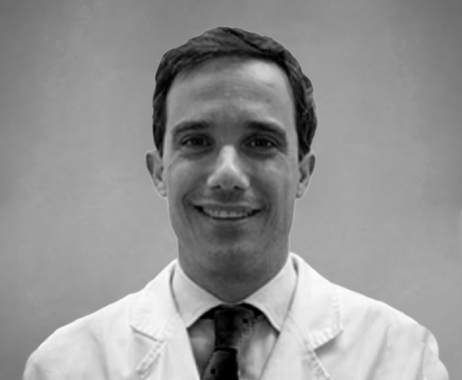How to improve pain with infiltrations

General information
Infiltration is the administration of a drug in the form of an anti-inflammatory and analgesic injection in the symptomatic site, which can be inside a joint or in other areas. The infiltrations can be of knee, hip, shoulder, lumbar … and is performed to reduce or eliminate pain in the area and achieve rapid recovery and functionality.
WHICH IS TREATED WITH INFILTRATION
Infiltration is indicated in those pains that do not improve with pharmacological treatment and before resorting to other more aggressive therapeutic options such as surgery. It is mainly used in rheumatological and traumatological pathologies (arthritis, arthrosis and chondropathies) and especially for the treatment of bursitis, capsulitis, tendinitis and enthesitis.
Sometimes, during the infiltration procedure, the liquid content inside the joint is drained or emptied. This procedure is known as arthrocentesis.
PROCEDURE FOR INFILTRATION TREATMENT
The infiltration or administration of the drug, inside the joint or tissue, is a simple and fast treatment, which is performed by an expert pain physician.
They are usually performed on an outpatient basis. It is necessary that the patient is properly informed of the procedure and signs a consent form prior to the procedure.
All procedures must be performed in an aseptic environment and are usually performed in an operating room.
They are usually guided by ultrasound, x-rays or anatomy. The steps are as follows:

1.GUIDE
With the help of an ultrasound scanner, the needle is guided to the exact spot so as not to damage healthy tissue.
INFILTRATION
With the injection, the drugs required by the lesion are administered in each case.
3.REST
A few hours of rest and the application of local cold and an oral analgesic (if necessary) are recommended.
REVIEW
After 7-10 days of rest, the evolution of the infiltration should be reviewed to finalize or continue the treatment.
The beneficial effect of the infiltration does not become palpable until at least 48 hours after the infiltration. If the response is favorable, other infiltrations can be performed to eradicate the totality of symptoms, in which case they will be spaced apart for a prudent period of time.
A few hours of rest and the application of local cold and an oral analgesic (if necessary) are always recommended after the infiltration. Overloading of the infiltrated area should be avoided and the evolution of the infiltration should be checked after 7-10 days.
More than one infiltration may be necessary to completely eradicate symptoms.
WHICH DRUGS ARE ADMINISTERED
The liquid content that we infiltrate can be combined with local anesthesia to minimize the pain of the injection. In the same injection we can administer different types of drugs, depending on the lesion to be treated:3
- Hyaluronic Acid
- Collagen
- Platelet Rich Plasma
- Corticosteroids
BENEFITS OF INFILTRATIONS IN PAIN TREATMENT
The purpose of infiltrations is to reduce and/or eliminate pain and the rapid recovery of mobility and functionality through the inoculation of a drug.
It is indicated in those diseases that are rebellious to pharmacological treatment and before resorting to other more aggressive therapeutic options such as surgery.
Athletes are a group in which infiltrations are performed in different types of injuries: knee tendinitis, plantar fasciitis, tennis elbow, among others.
Patients of all ages can benefit from infiltrations.

Member No.: 44593
Centers:
Dr. Francisco Duca Rezzulini is a specialist in Anesthesiology, Resuscitation and Pain Management.
He currently holds the position of Medical Director of the Pain Unit of the MIVI Salud group in the centers of Sant Cugat and Sabadell (Barcelona).
He has a solid background, among which the following stand out:
- Medical Degree from the University of Buenos Aires (Argentina) between 1999 and 2008.
- Specialty in Anesthesiology, Resuscitation and Pain Therapy at Cruces University Hospital (Bizkaia).
- Master of “Expert in Pain” by the University of Cadiz.
- International stay at St Patrick’s Hospital (Dublin).
He has specialized in interventional techniques and radiofrequency for pain.
He has actively participated in associations such as the Spanish Pain Society (SED), being part of working groups on clinical management and cannabinoids.